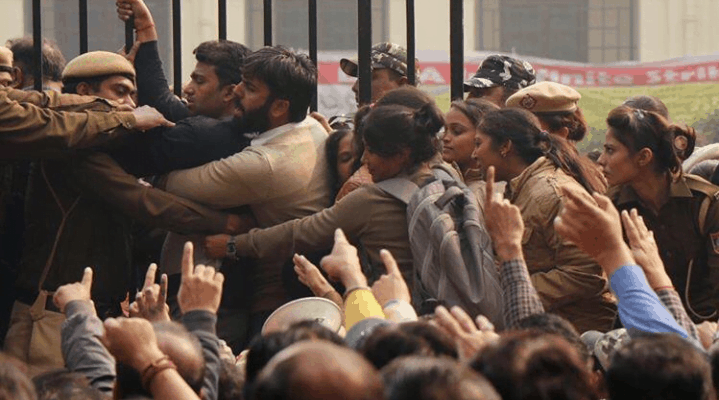The viability and details of online classes in Delhi University (DU) after a massive worldwide educational disruption due to COVID-19 pandemic, with insights into the pedagogues employed by professors in India and abroad.
As colleges across the world pivot online on very short notice, there are a host of complications — from laptops and Internet access to mental health and financial needs. According to United Nations Educational, Scientific and Cultural Organisation (UNESCO) monitoring, over 130 countries have implemented nationwide closures, impacting over 80% of the world’s student population. Several other countries have implemented localized school closures and, should these closures become nationwide, millions of additional learners will experience education disruption.
A combination of methods is being used by teachers of Delhi University to ensure that syllabus completion is done on time. Satviki, a student at Miranda House said that the professors are conducting classes using Zoom, as well as sending voice notes and PDFs on WhatsApp to students. Various readings and test syllabi are being continuously uploaded for the students to access. At Kamala Nehru College, an official notice has been released by the administration instructing teachers to mail e-content to the official college email id, from where it will be retrieved by the College’s computer staff and uploaded to www.knc.edu.in for students every day. Meanwhile, Priya, a History student at Miranda House raised the issue of the internet connection being a hindrance for students to access online classes. Students residing in places devoid of high-speed internet have trouble using apps like Zoom and Skype, an issue especially faced by students of Kashmir. Attendance, however, is accounted for in every online lecture- further raising the question of access.
While the practices described are commonplace for most universities in India and abroad; they do differ in terms of consistency of output, quality of learning and pedagogues being employed. Aarnav Gupta, a student of the City University of Hong Kong talks about the importance and technical achievement of the university in implementing the transition to online classes so well, “Few professors were impressed by the resultant learning outcomes of online classes and felt it was better than offline ones since students paid more attention in the former one. Also, universities across Hong Kong have subscribed to their students and teachers to the Zoom app, which serves as a great unifier when it comes to learning.”
Even though the focus can sometimes be on technology, tools, and logistics, Sean Michael Morris, from the University of Colorado, Denver, says that what is required from professors at this time is compassion. “The real skill required right now is sort of critical compassion, if you will the ability to look at the situation as it is. Figure out what’s going on, how you can operate within that, and how you can be compassionate in that as well.”
Featured Image Credits: LA Johnson for NPR
Paridhi Puri












